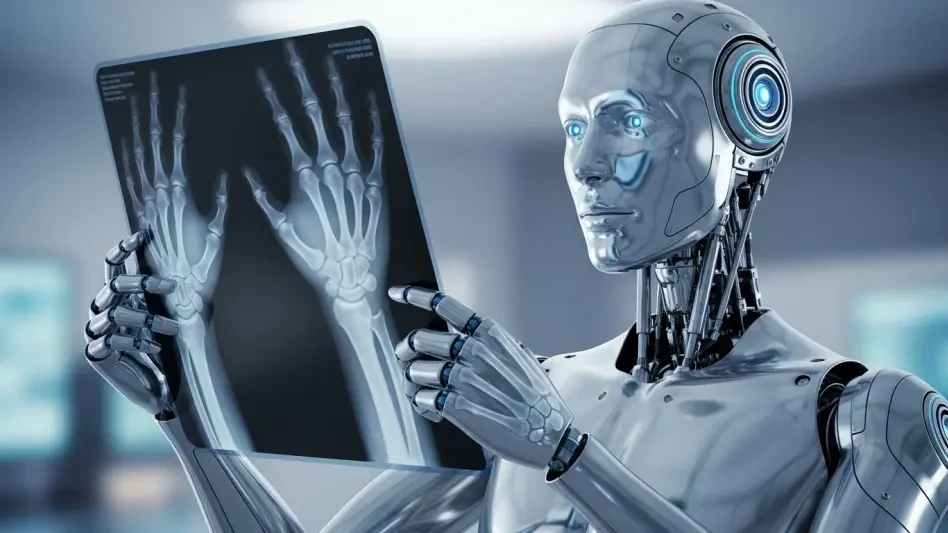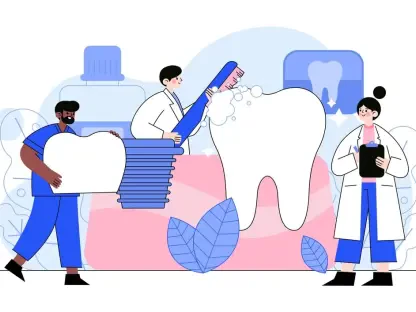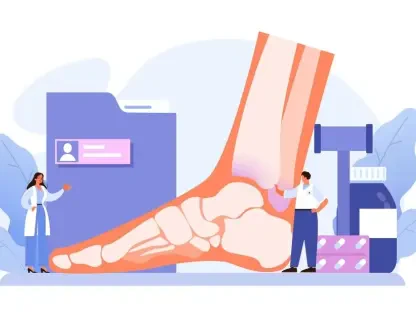Today, we’re thrilled to sit down with Faisal Zain, a renowned expert in healthcare technology with a deep background in the manufacturing of medical devices for diagnostics and treatment. With years of experience driving innovation in this field, Faisal has a unique perspective on how emerging technologies like AI and telehealth are transforming patient care and clinical practices. In this conversation, we’ll explore the potential of AI to bridge gaps in healthcare access, the evolving role of medical professionals in an AI-driven landscape, the critical issue of bias in technology, and the lasting impact of tools that emerged during the pandemic. Let’s dive into how these advancements are shaping the future of health.
How have you seen AI make a tangible difference for patients and healthcare providers in real-world settings?
AI is proving to be a game-changer in so many ways. For patients, it’s improving access to care, especially in underserved areas where specialists are scarce. I’ve seen AI-powered tools assist in early diagnosis through imaging analysis, catching conditions like cancer or cardiovascular issues faster than traditional methods. For providers, AI is streamlining workflows—think automated documentation or generating differential diagnoses. It’s reducing the administrative burden, allowing doctors to focus more on patient interaction. The impact on outcomes is already noticeable, and we’re just scratching the surface.
In regions with limited access to doctors, how is AI stepping in to address those gaps?
In areas where healthcare infrastructure is sparse, AI is acting as a vital lifeline. For instance, mobile apps powered by AI can screen for diseases like tuberculosis or diabetic retinopathy using just a smartphone camera. These tools don’t replace doctors but provide a first layer of assessment, guiding patients on whether they need urgent care. I’ve seen projects in remote parts of Asia and Africa where AI-driven chatbots offer basic medical advice in local languages. It’s not perfect, but it’s a critical bridge when there’s literally no other option for care.
Can you walk us through how AI is enhancing processes like triage or medical documentation?
Absolutely. In triage, AI algorithms can analyze patient data—vital signs, symptoms, medical history—and prioritize cases based on urgency, which is invaluable in overwhelmed emergency rooms. For documentation, AI is a huge time-saver. It can transcribe patient interactions, summarize notes, and even suggest billing codes, cutting down hours of paperwork. I’ve worked with systems that help draft initial differential diagnoses by pulling from vast medical databases, giving doctors a starting point to refine. It’s about efficiency without sacrificing accuracy.
What challenges do you see in the expectations placed on clinicians when they use AI tools?
One big challenge is the unrealistic pressure on doctors to keep up with AI’s output. These tools can process massive amounts of data and spit out recommendations, but ultimately, a human has to review and approve those insights. If the expectation is that clinicians just rubber-stamp AI decisions without thorough evaluation, that’s a recipe for errors and burnout. There’s also this creeping assumption that AI means doctors can handle more patients in less time, which isn’t always feasible or safe. We need to balance tech with human capacity.
How should medical education evolve to prepare future doctors for a world where AI handles routine tasks?
Medical training has to pivot toward skills that complement AI, not compete with it. If AI takes over chart reviews and documentation, we should focus on teaching critical thinking, empathy, and complex decision-making—things machines can’t replicate. I believe curricula need to include tech literacy, like understanding AI algorithms and their limitations. We’ve got to train doctors to question AI outputs, not just accept them. It’s about preparing a generation that can harness technology while staying grounded in the human side of medicine.
Why do you think discussions about bias in AI for healthcare have become less prominent lately?
Honestly, I think the conversation around bias in AI has faded because the hype around its potential has overshadowed the risks. Early on, there was a lot of focus on how biased datasets could perpetuate inequities, but now the narrative is more about innovation and efficiency. People might assume the problem is being addressed behind the scenes, or they’re just distracted by shiny new applications. Yet, the issue hasn’t gone away—it’s just not getting the spotlight it deserves, and that’s concerning.
Can you share an example of how bias in AI could negatively impact vulnerable populations in healthcare?
Certainly. Imagine an AI system designed to allocate healthcare resources based on historical data. If that data underrepresents an underserved community—say, because they’ve had less access to care historically—the algorithm might conclude they need fewer resources or interventions. This can perpetuate a cycle of neglect, where those already marginalized get even less support. I’ve seen models that misdiagnose conditions in certain ethnic groups because the training data skewed toward one demographic. It’s a real risk that can widen health disparities if unchecked.
How crucial is the human element in identifying and correcting errors or biases in AI-driven medical decisions?
The human element is absolutely essential. AI can crunch numbers and spot patterns, but it lacks the nuanced judgment humans bring. For example, distinguishing between heart failure and pneumonia on a chest X-ray might trip up an AI if the data isn’t clear-cut, but a seasoned clinician can factor in subtle patient cues or context that a machine misses. Humans are often the last line of defense against AI errors or biases, and their role in double-checking outputs—especially in high-stakes diagnoses—can’t be overstated.
Looking at the bigger picture, how can health tech companies ensure they prioritize patients over profits?
Health tech companies need to embed a patient-centered ethos into their mission from the start. That means designing tools with real user feedback—patients and providers alike—rather than just chasing market trends. Transparency is key; companies should openly share how their tech impacts outcomes, not just revenue. I also think aligning incentives with long-term health improvements, like tying compensation to measurable patient benefits, can shift the focus. It’s not easy, but prioritizing patients can build trust and loyalty, which ultimately benefits the bottom line.
What is your forecast for the role of AI in healthcare over the next decade?
I’m optimistic but cautious. Over the next ten years, I expect AI to become deeply integrated into nearly every aspect of healthcare, from personalized treatment plans to predictive outbreak models. We’ll likely see it expand access in ways we can’t yet imagine, especially in low-resource settings. But the flip side is the risk of over-reliance and widening inequities if we don’t address bias and access issues now. I think the key will be striking a balance—leveraging AI’s power while ensuring human oversight and ethical guidelines keep pace with innovation. It’s going to be a transformative decade if we get it right.









